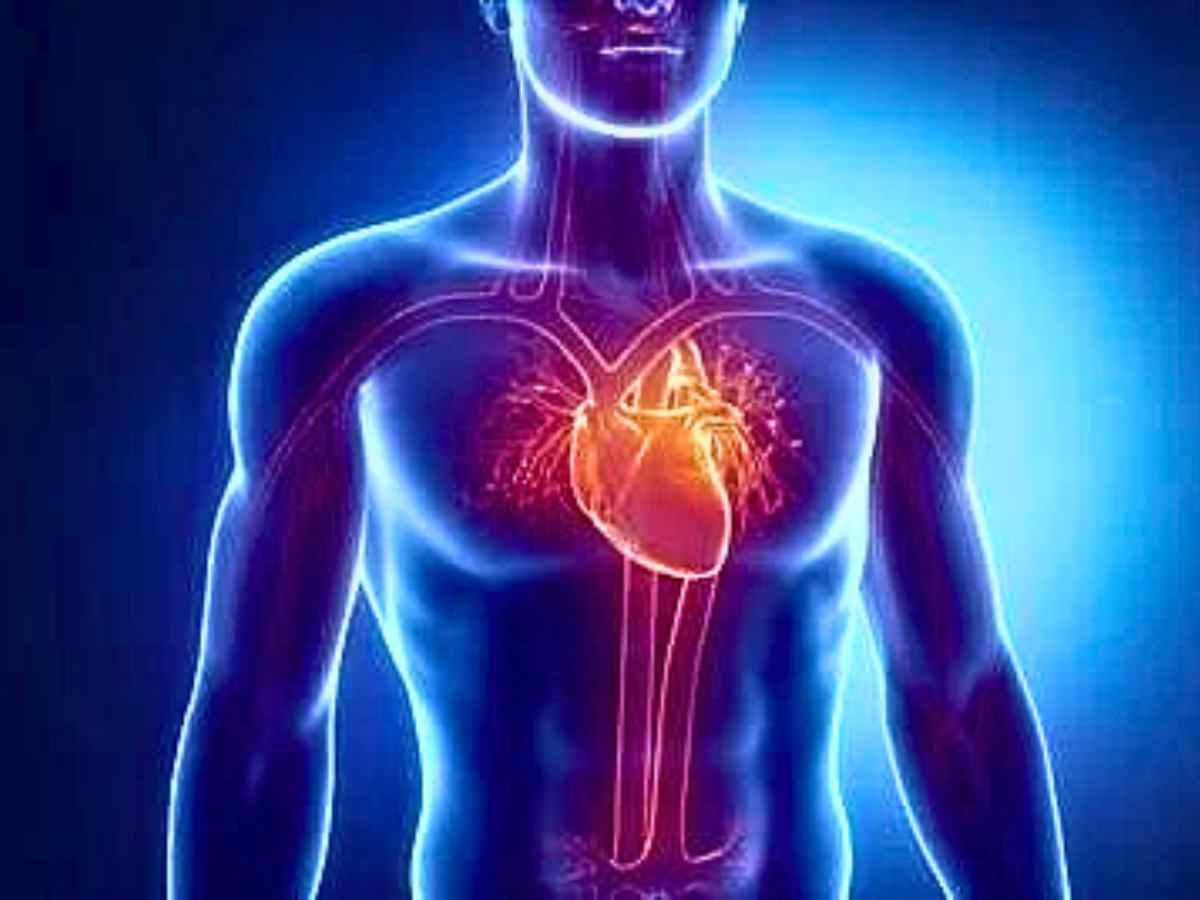Every October, it’s Dysautonomia Awareness Month: shedding light on a group of conditions that involve dysfunction of the autonomic nervous system (ANS). One of the most discussed conditions under the dysautonomia umbrella is Postural Orthostatic Tachycardia Syndrome (POTS), a disorder that significantly impacts patients’ quality of life, often leaving them with debilitating fatigue, dizziness, and difficulty standing upright. POTS supposedly can exist on its own, but it is frequently linked to other conditions – notably the Ehlers-Danlos syndromes (EDS) and myalgic encephalomyelitis (ME/CFS), and consequently many long Covid patients.
What is POTS?
POTS is a type of dysautonomia characterised by an exaggerated increase in heart rate when transitioning from lying down to standing up. Normally, when someone stands, the body’s autonomic nervous system adjusts blood flow and heart rate to counteract the effects of gravity.
In people with POTS, these mechanisms are dysfunctional, causing an abnormal increase in heart rate by at least 30 beats per minute (or to over 120 beats per minute) within the first 10 minutes of standing. This abnormal response can lead to symptoms such as lightheadedness, dizziness, fatigue, nausea and vomiting, palpitations, cognitive impairment, and sometimes even fainting (syncope) or seizures.
The connection between POTS, Ehlers-Danlos syndromes, and ME/CFS
POTS is often found in conjunction with other medical conditions, particularly Ehlers-Danlos syndromes (EDS) and myalgic encephalomyelitis (ME/CFS).
EDS is a group of connective tissue disorders characterised by joint hypermobility, skin hyperelasticity, and tissue fragility. A significant proportion of people with EDS, particularly the hypermobile type (hEDS), also have POTS.
ME/CFS is a debilitating disorder characterised by post-exertional malaise: a worsening of many if not all symptoms after physical, mental, or emotional exertion. Many patients with ME/CFS also suffer from orthostatic intolerance, and POTS is a common subtype of this intolerance.
In severe or very severe ME/CFS, POTS can be extremely dangerous – yet in the UK, it is still poorly recognised and treated. While the latest National Institute for Clinical Excellence (NICE) guidelines on ME/CFS recognise orthostatic intolerance as a complication of the illness, conversely there are no NICE guidelines on POTS.
This leads to the severest ME/CFS patients becoming even more dangerously ill, due to the effect POTS has on all their body systems – not least cardiopulmonary and gastrointestinal.
What causes POTS?
The exact cause of POTS is still not fully understood, but researchers have identified several potential contributing factors:
- Autoimmune dysfunction: recent studies suggest that POTS may have an autoimmune component. Many patients with POTS have been found to have autoantibodies that affect the autonomic nervous system, particularly those that target receptors responsible for regulating heart rate and blood vessel constriction. This has led to the theory that POTS could be an autoimmune disorder in some cases, which could explain its overlap with other autoimmune diseases.
- Hypovolemia (low blood volume): a significant number of POTS patients have been found to have low blood volume, particularly a reduced volume of plasma (the liquid portion of the blood). This hypovolemia makes it harder for the body to pump blood efficiently, especially when transitioning to an upright position, leading to the characteristic symptoms of POTS. The body tries to compensate for this by increasing the heart rate, but this compensatory mechanism often fails, resulting in dizziness and fatigue.
- Neuropathic factors: in some POTS patients, there is evidence of small fiber neuropathy—damage to the small nerve fibers that help regulate autonomic functions like heart rate and blood pressure. This neuropathy can impair the body’s ability to properly constrict blood vessels, especially in the lower limbs, causing blood to pool in the legs when standing, which can contribute to orthostatic intolerance.
- Genetic predisposition: there is increasing evidence that genetics may play a role in POTS, especially in individuals who have both POTS and EDS. The connective tissue abnormalities seen in EDS may be inherited, and some genetic mutations that affect collagen and other components of connective tissue could also affect the function of blood vessels and the autonomic nervous system.
The EDS and ME/CFS link
However, in EDS and ME/CFS there may be another potential underlying cause: the vagus nerve.
The vagus nerve, also known as cranial nerve X, extends from the brainstem through the neck, chest, and abdomen, innervating multiple organs along its path. It plays a major role in the parasympathetic nervous system. This is responsible for the body’s “rest and digest” functions. This system works to counterbalance the sympathetic nervous system, which governs the body’s “fight or flight” responses. The vagus nerve helps to slow the heart rate, regulate blood pressure, control digestion, and manage immune responses.
Given its extensive influence over these critical functions, any damage or compression to the vagus nerve can have widespread consequences. This includes the potential development of autonomic disorders like POTS.
One of the hallmark symptoms of POTS is an abnormally high heart rate when transitioning from a seated or lying position to standing. This tachycardia is believed to result from a failure of the autonomic nervous system to properly regulate heart function. Normally, when a person stands, the body adjusts by slightly increasing heart rate and constricting blood vessels to maintain blood pressure and adequate blood flow to the brain. The vagus nerve plays a key role in this process by slowing the heart rate when necessary and preventing it from overcompensating.
If the vagus nerve is damaged or compressed, its ability to regulate heart rate becomes impaired. This can lead to an exaggerated heart rate response upon standing, a defining feature of POTS. The damage may also affect blood vessel constriction. This leads to poor circulation and blood pooling in the lower extremities. In turn, this can further exacerbate dizziness, fainting, and fatigue.
Causes of vagus nerve dysfunction
Vagus nerve dysfunction can result from a variety of causes, including trauma, surgery, infection, or chronic inflammation. In some cases, physical compression of the nerve by structures such as tumors, cysts, or even muscle spasms can impair its function. Additionally, autoimmune conditions like lupus or Guillain-Barré syndrome, which cause widespread nerve damage, can also affect the vagus nerve.
Chronic inflammation or injury to the vagus nerve can disrupt its ability to send signals properly, leading to an imbalance in the autonomic nervous system. This imbalance can manifest as POTS symptoms, as the body struggles to regulate heart rate, blood pressure, and other key functions that are typically controlled by the vagus nerve.
However, crucially in EDS one of the main causes of vagus nerve dysfunction may be craniocervical and atlantoaxial instabilities (CCI and AAI). These conditions are where the joints in the cervical junction move in ways they wouldn’t in someone not living with EDS. It means that often, blood flow to the head is restricted, and nerves in the neck are compressed or even damaged.
In the worst cases, any injury to a person’s neck or head can cause cerebral spinal fluid leaks from either the neck or head areas. Crucially, CCI and AAI can be so severe that a person’s brain and skull begin to sink onto their cervical junction – which can be life-threatening.
So, given people with EDS may also live with CCI and AAI, it is likely that compression or damage to the vagus nerve could cause POTS in these patients. Moreover, a large portion on people living with ME/CFS also live with EDS and/or CCI and AAI. Ergo, the same applies.
How is POTS treated?
Currently, there is no cure for POTS, but various treatments can help manage symptoms and improve quality of life. Treatment is usually multifaceted and tailored to the individual, focusing on lifestyle changes, medications, and sometimes physical therapy.
- Lifestyle modifications:
- Increasing salt and fluid intake: many POTS patients benefit from increasing their salt intake. This helps to retain more water in the body, increasing blood volume. Drinking plenty of fluids, particularly electrolyte-rich beverages, is also essential.
- Compression garments: wearing compression stockings or abdominal binders can help reduce blood pooling in the legs and abdomen. This makes it easier for the body to maintain blood pressure when standing.
- Medications:
- Beta-blockers: these can help reduce heart rate and are often prescribed for POTS patients with excessive tachycardia.
- Fludrocortisone: this medication helps the body retain sodium and water, increasing blood volume.
- Midodrine: midodrine is a vasoconstrictor that can help increase blood pressure and reduce the pooling of blood in the lower extremities.
- Ivabradine: ivabradine specifically reduces heart rate and has been shown to be effective in some POTS patients.
Dysautonomia Awareness Month: not just about POTS
Dysautonomia Awareness Month provides an opportunity to highlight the complexities of conditions like POTS, which often remain under-recognised and misunderstood. For patients with EDS and ME/CFS, POTS can significantly impact daily life.
Sadly, research into the causes of POTS, including its potential autoimmune, genetic, and neuropathic origins, is still limited – and the recognition of it in EDS and ME/CFS still poor. Moreover, organisations like the NHS do not even recognised CCI and AAI as conditions.
So, for now, more research is still needed – especially into CCI, AAI, and the role the vagus nerve plays in POTS. These may well be the medical holy grail for EDS and ME/CFS patients.
Featured image via the Canary




